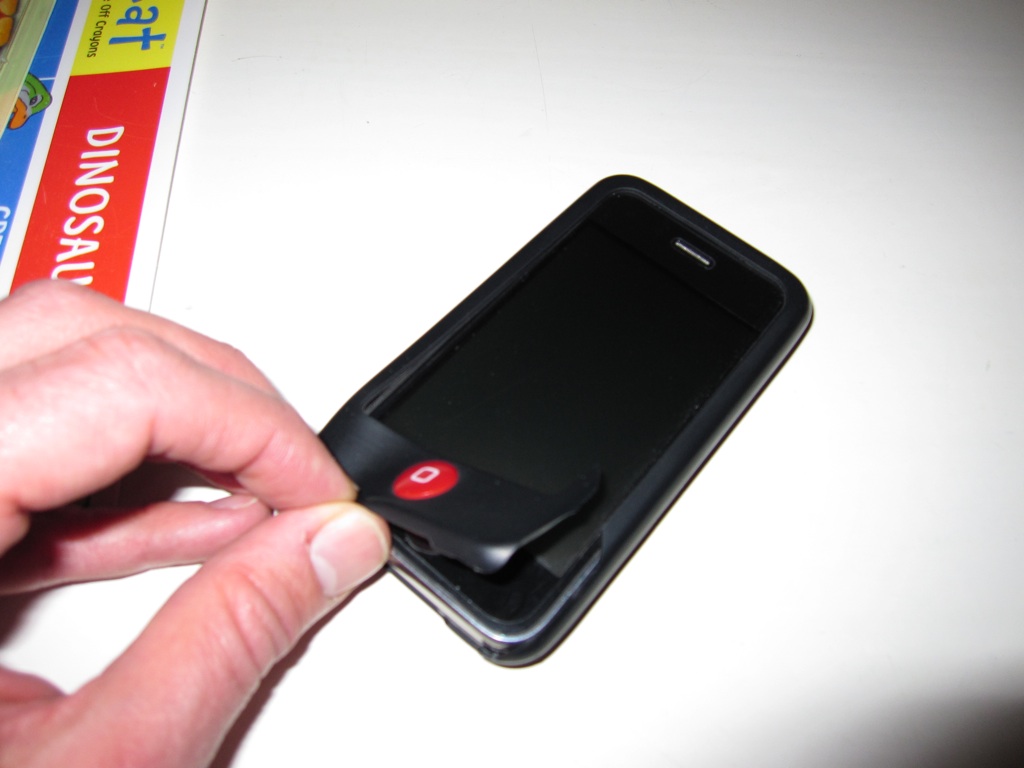Archive
Tag: Technology
SwitchEasy Cases: A Positive Review
I recently had a problem with my SwtichEasy Colors iPhone case. It ripped: I was bummed especially since I really like the product: It’s very slim Protects well (especially with the jelly button) Has lots of extras like covers for all the holes and screen protectors I emailed the company, and through a relatively straightforward process, they sent me a.. Read more
Buying a Kitchen Computer, Part 2: Form Factor
In my previous post, I made the case why we (and probably a lot of other people) need a kitchen computer. I also defined some broad strokes of what we need out of the kitchen computer. Now, it’s time to figure out a little more detail on which type of computer would best fill our needs. Why is Form factor.. Read more
Buying a Kitchen Computer, Part 1: What We Need
It seems like I spend more time in my kitchen than any other room in the house. (Technically, I should say “waking” time.) Why Are You Spending So Much Time In the Kitchen? About three years ago, Marni and I renovated the kitchen in our 1960s split-level ranch house in Boulder. Where our “old” kitchen was walled off the living.. Read more








